Tesco shoppers looking to pick up a can of their favourite brand-name beans have been faced with empty shelves for the past week or so, after Heinz temporarily stopped supplying some of its most popular products in what is now a very public row over price increases.
The ongoing dispute has seen the gaps – which previously housed family favourites such as ketchup, mayonnaise and tomato soup – growing larger as the supermarket depletes its existing stocks. Many Heinz products are also unavailable online.
While empty shelves are never a great experience for the customer, public sympathy seems to be with Tesco after the supermarket publicly declared it was not prepared to “pass on unjustifiable price increases to our customers”.
For its part, Heinz said that although commodity and production costs were rising, it is “working closely with Tesco” and remains “confident of a positive resolution” to the supply chain conflict.
The row between Tesco and Heinz is likely to be the first of many altercations between retailers and suppliers as both inflation and the rising cost of living put pressure on production costs and consumer incomes alike.
READ MORE: Heinz meanz no beanz:
Tesco shoppers face shortages following price dispute
A background of rising costs and shrinking margins
While some food manufacturers have warned that rising costs will lead to price increases, this sits at odds with UK supermarkets’ current drive to keep prices as low as possible for customers facing a squeeze on their household incomes.
But just as retailers are understandably reluctant to pass costs on to consumers, manufacturers are struggling with reduced margins – and this occasionally results in a stalemate (as was seen in the great Marmite shortage of 2016).
Andy Clarke, former chief executive of Asda and now chairman of Newton Europe, told BBC Radio 4’s Today programme that it’s not a new situation.
“It’s about pricing. And this is not a new thing. Resellers and manufacturers do disagree at times, and sometimes the impact is that a supplier will stop sending products to those stores,” he says.
He doesn’t think the row is just a PR exercise for Tesco, adding: “This, I would suggest, is about those two businesses getting to an agreement as to what a cost increase looks like. Then Tesco has to decide how much of that it is going to pass on protect its shoppers.”
This latest pricing row is also adding to food inflation fears, coming as the latest GlobalData figures reveal that 76% of UK consumers are concerned about the impact of inflation on their household budgets.
Analyst Nidhi Chauhan says retailers are “resisting passing on any increase to consumers as they strive to keep prices low and maintain their price proposition in an increasingly price-sensitive and competitive market”.
Chauhan warns that “further price increases might lead cash-strapped consumers to look elsewhere to find grocers offering better deals and better value for money.”
Senior analyst at Hargreaves Lansdown, Susannah Streeter, adds that Tesco is “intent on keeping prices as low as possible on the shelves”.
“This explains why it’s trying to play hardball with Heinz. But Heinz has big brand pulling power and has also taken its gloves off, determined not to be pressured into setting retail prices lower.”
READ MORE: Co-op boss says supply issues and
product shortages pose a “huge challenge”
What went wrong between Tesco and Heinz?
At its heart, the Tesco and Heinz dispute is the result of a communication breakdown.
According to Richard Harrow, partner at consultancy firm IPLC, it is simple: “Heinz asked for too much money.”
Tesco’s buyers, Harrow explained, will be able to look at the cost inputs of their own private label products and draw a parallel, using their judgement to make a call on whether a supplier is pushing too far beyond that.
“Tesco have got real visibility on what’s going on with the costing,” he said. “It’s a transparent process and so they are coming from a position of knowledge. They can dig their heels in because they know exactly what to expect.”
FMCG consultant Richard Kohn believes it comes down to the “conflicting objectives of the personalities involved”.
“Supermarket buyer are measured by the discounts or margin they can squeeze from the manufacturer, he says.
“Brand account manager success is measured by total sales and profit generated. Undoubtedly, the manufacturer is suffering increased supply chain costs and believed it was reasonable to impose a price increase to cover this.”
Ultimately there needs to be a compromise which finds the middle ground and meets the needs of both businesses – but that can be easier said than done when both are looking to make a profit.
Tesco remains on track to make between £2.4bn and £2.6bn in profit this year.
“Aldi has the advantage over traditional supermarkets in this respect,” Harrow says. “They’re not answering to anyone – Giles Hurley has the freedom to decide to break even this year if that’s what he wants to do.”
READ MORE: Tesco urges government to do
more to unlock innovation in food supply chains
The relationship between supermarkets and suppliers
For communications to break down so fundamentally does point to a “fairly transactional business relationship” in the first place, says Harrow, suggesting that the parties involved should have been able to work through the problems.
“Both sides know they need to work together on this – suppliers need to be business managers rather than just sales people and learn how to manage the account, whether that be the supply chain or anything else.”
It’s clear that both Tesco and Heinz need to learn from their current situation – but what could they have done to handle it better?
“The best way to approach these conversations is by being as transparent as possible – so where are the cost pressures and where are the pinch points,” says Harrow.
“There will always be healthy conflict between buyers and suppliers, but if they work together then they can navigate through those – and that’s what sets them up for a stronger relationship in the future.”
Kohn agrees, pointing out that disasters happen when negotiators do not understand the conflicting objectives early enough or one of the parties disengages.
“Both sides need to ask themselves ‘Who is taking the pain?’. For it to get this bad, there is some breakdown of trust.”
To understand the dynamic between supermarkets and suppliers, Kohn takes us back to the way the relationships have changed over the years.
“In the early years, FMCG manufacturers held much of the power,” he says.
“Consumers demanded the products and retailers were very happy to stock them as they drive footfall – pretty basic stuff. In some respects its still the same today, but now the retailers have the power.
In 2022, that balance has shifted and the retail brand now has much of the power, with shoppers loyal often sitting with the retailer rather than a brand.
“It’s a brave brand owner that pulls products from stores,” Kohn says. “These days, alternatives are abundant in private label and challenger brands and brands feel this.”
READ MORE: Asda & Co-op bosses made CBEs for food supply chain efforts
What empty shelves mean for the supermarket experience
Tesco shoppers looking to pick up a lunchtime can of Heinz tomato soup might be disappointed, but will it really make a difference to the way they shop?
The UK grocery sector is fiercely competitive at the best of times and the current laser-focus on keeping prices low has ramped that up more than ever.
“Consumers have lots of options,” says Harrow. “If a retail experience is really bad they will vote with their feet. While a few shortages won’t make a huge difference, empty shelves mean shoppers are getting a very poor shopping experience.”
However, supply issues during Covid and Brexit meant that the UK consumer has become used to shortages, making them less likely to blame the retailer.
The number of brand loyal buyers is also dropping year-on-year, with shoppers recognising the vast improvements in quality of own label products.
“Most consumers are switchers,” Kohn states.
“At the end of the day it’s truly a first world problem if consumers need to choose between Heinz ketchup and the next best alternative. There are truly, very few products where the difference from a branded option to the alternative is so extreme that a consumer will simply not buy the product.”
There are no clear winners in the Tesco vs Heinz pricing dispute.
The row will make headlines for a while, but the likelihood is that everyone will remember the fight and not the outcome. Rising inflation and a gloomy economic outlook suggests this is likely to be the first of many disputes between retailers and suppliers as inflation soars. What really matters is what – if any – lessons will be learnt.
Click here to sign up to Grocery Gazette’s free daily email newsletter

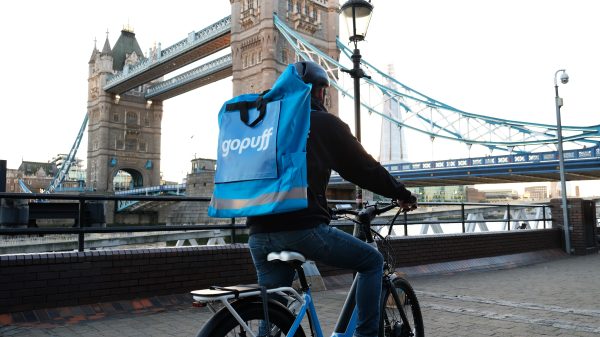
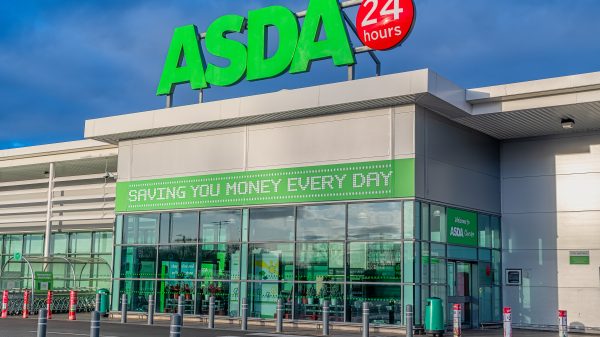
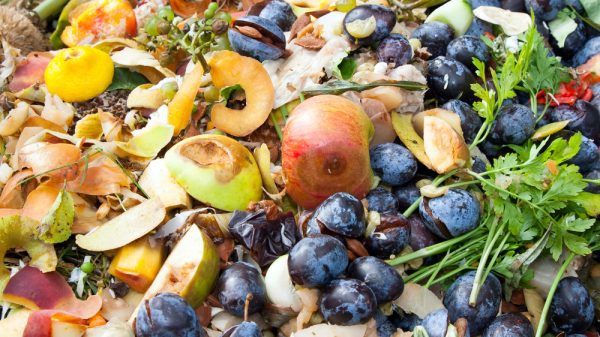

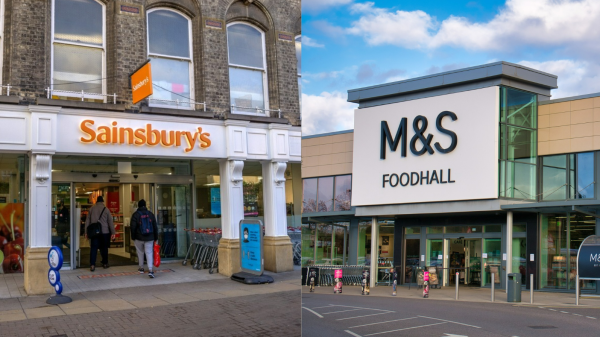
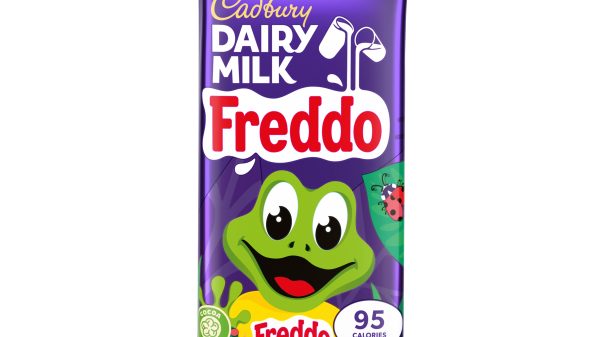
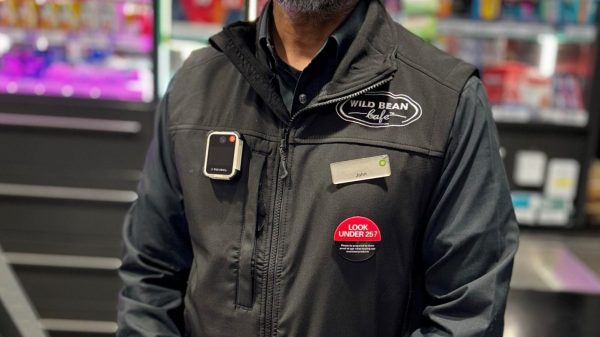
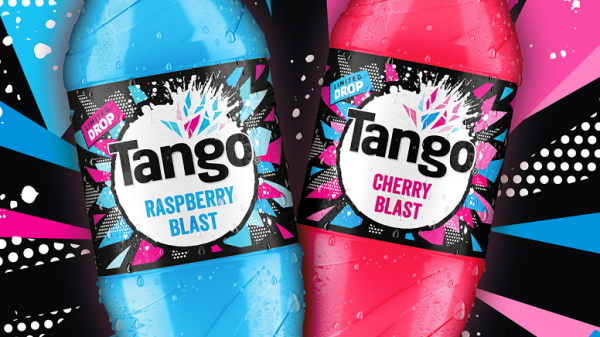
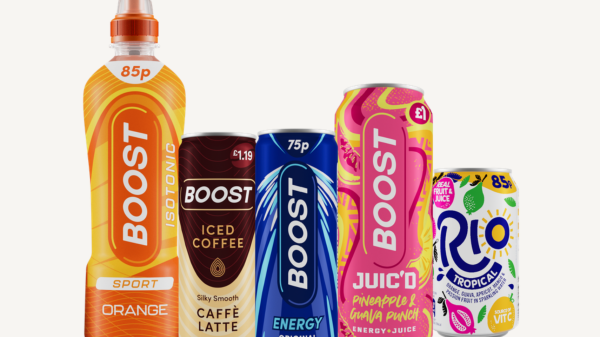
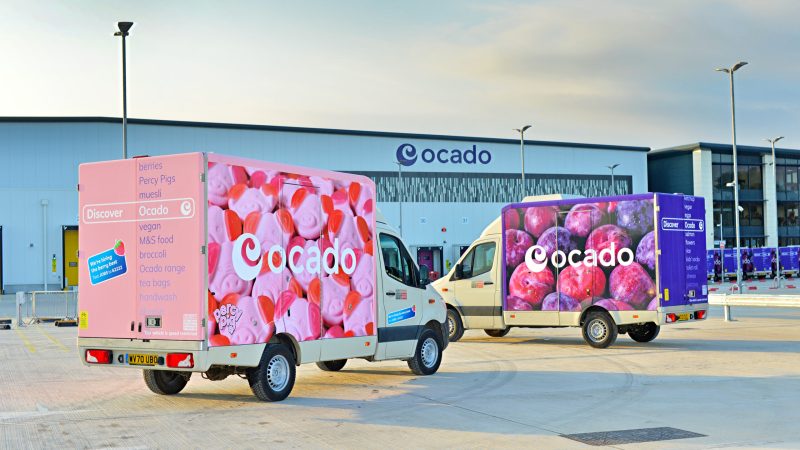
1 Comment. Leave new
Hopefully it’s the customer who is the winner hear.